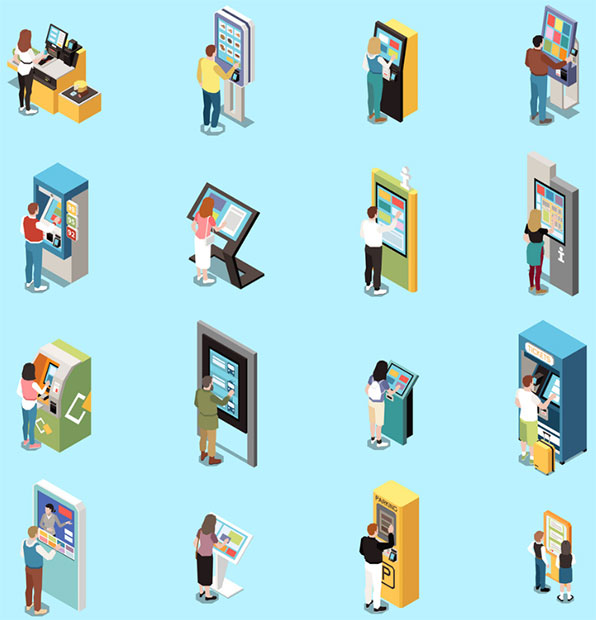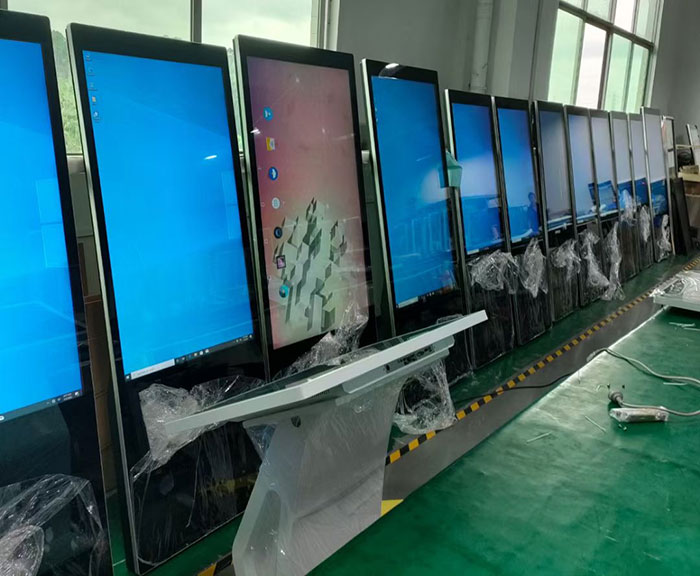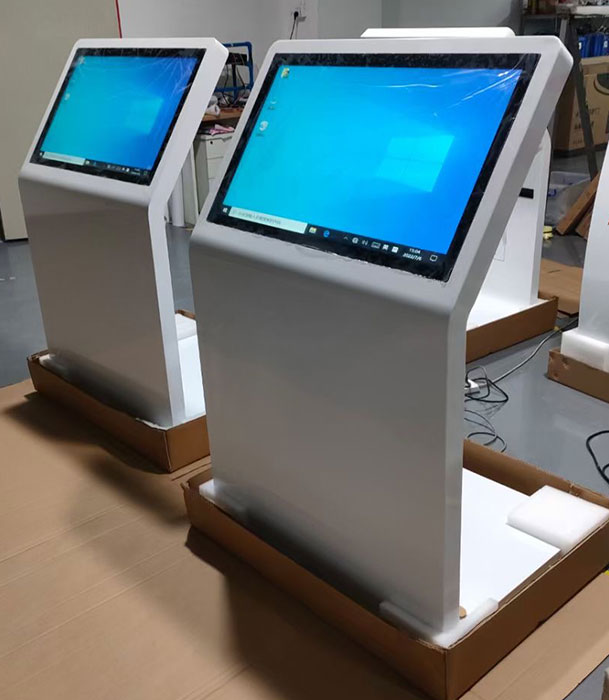Written By Eva Wen On 5th April 2023
When it comes to touch-friendly technologies, the retail industry has been among the first adopters. Stores that sell apparel and accessories have been using tablets to display product images and detailed product information for some time now. When it comes to in-store customer engagement, touchscreens are your best bet. Whether you’re running an e-commerce website or a brick-andealing shop selling secondhand goods, a touchscreen helps you showcase your products in as much detail as possible within the space you have available. With that in mind, how do you know which LCD touchscreen is right for your store? Here are five things to consider before making a purchase

Are You Displaying the Right Products?
If you currently stock both new and used goods, a touchscreen will likely be a step backwards from your current set-up. If your store is solely focused on new products, then a touchscreen might not be an ideal investment. When investing in a touchscreen, make sure it’s for the right reasons. Before making the financial plunge, take a look at your current offerings and see if you have the right product mix. If you have a lot of used goods, a touchscreen might not be the best financial decision. Depending on your store structure, you might be better off keeping the current setup and making some changes to better suit your needs. If you have a lot of new goods, a touchscreen could help you showcase your products in a more engaging way.
What’s Your Brand Message?
As an entrepreneur, you’ll have many opportunities to display your brand message. Whether you’re an online retailer, a brick-and-mortar retailer, or a marketplace, you have a chance to show off your brand. In-store displays are the perfect opportunity to clarify any potential confusion that may exist outside the store. Although online and in-app purchases often receive a lot of hype, some of your customers may still rely on paper receipts as proof of purchase. Make sure you have robust signage and in-store displays to help your customers understand the importance of your brand message. When creating your brand message, make sure you’re not spreading too many details. Keeping your brand message simple is important if you want to keep it clear in your customers’ minds. Overly complex brand messages may get lost in the shuffle, while overly simple ones may fall short. Consider your brand message to be the foundation of your in-store displays. Once you have the message nailed down, you can branch out into other features without running into any major problems.

Is Audio Playback Needed?
All modern LCD touchscreen displays support audio playback due to the on-board speakers found in many models. If your store has a lot of ambient noise, you might want to consider a touchscreen with built-in audio. Without audio capabilities, a touchscreen is designed to display product images and information, not audio. A touchscreen with audio might be a great investment if you have a lot of ambient noise in your store. A touchscreen with built-in audio allows you to play music in the background while you help your customers navigate your product offerings. This can help customers feel more at ease while they browse your store and make purchases. If your store is quiet enough that you’re not worried about inaudible audio, a touchscreen without audio playback might be a better option.
Are Customers Aware of Product Specifications?
While most consumers spend most of their time comparing products, some may be using your store to do some research. How do you know which customers are using your store to conduct research? Consider the specifications of the products you’re stocking. If you’re selling expensive electronics, make sure your customers know the specifications of the products before they make purchases. If you’re running a vintage clothing store, you might want to mention the odd sizing of some of your products. Customers who are conducting research on your store may want to know product specifications so they know what to look for when they’re shopping. If you’re unsure about how to use product specifications in your product descriptions, take some time to get comfortable with this feature. While it’s important to keep your product descriptions concise, you don’t want them to be boring.

When it comes to touch-friendly technologies, the retail industry has been among the first adopters. Stores that sell apparel and accessories have been using tablets to display product images and detailed product information for some time now. When it comes to in-store customer engagement, touchscreens are your best bet. Whether you’re running an e-commerce website or a brick-and-dealing shop selling secondhand goods, a touchscreen helps you showcase your products in as much detail as possible within the space you have available.
With that in mind, how do you know which touchscreen is right for your store? Here are five things to consider before making a purchase: - Are you displaying the right products? - What’s your brand message? - Is audio playback needed? - Are customers aware of product specifications? - Final Words These are five things to consider before purchasing an LCD touchscreen for your store. If you’re looking to expand your customer engagement with a new touchscreen, take the time to consider these five things.
 Eva Wen
Eva Wen
Eva Wen is the Digital Marketing Executive at CY Digital Signage.
